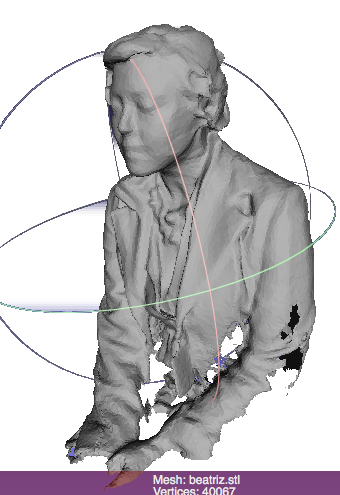ABOUT
I was drawn to robot-building because we tend to react emotionally to their presence. Heroic or neurotic, they hold a special place in our contemporary imaginary. But since 2020 I’ve abandoned this aspect of my practice to explore ceramics as a material.
This is not out of contrariness. I just have no interest in promoting the familiar technophilic or techno-doom tropes of the Anthropocene. It is not the machine, or technology, I’m rejecting, but simply the scripted visions of tech-industry and patent law that dictate and limit how we view the organization of all our endeavors, including communities, including farms, including gardens. We are already primed with set reactions and expectations when confronted with an electronic/digital object. It may be a mysterious black box whose inner workings we don’t understand, but it is also very familiar. It is already a consumer product in “smart” homes, managing shopping lists, locks, and heating, it is already a wealthy tech-savvy child’s toy, or a classroom educational kit. Its identity is that of a gadget in a world of gadgets already promising indulgence, or innovation, or some nebulous safer/happier more creative future through acceptance of data systems or the proprietary monocultures of synthetic biology. Even in an art context reactions tended to be scripted along the same lines, and using the same jargon, as in start-up culture. This crystallized the notion for me that it is not function, but slowness, openness, in fact, it is in the (perceived) dysfunctionality between old and new technologies where my preoccupations lie.
BIO
Beatriz Herrera is a Montreal-based, Chilean-born intermedia artist. Since 2020 her work has increasingly shifted from robotic sculpture to ceramics and drawing.
Beatriz Herrera holds a BFA in Ceramics (1997, Alberta University of the Arts); a BFA in Intermedia & Cyberarts 2010) and a MFA (Sculpture 2014) from Concordia University. She has had various solo and group exhibitions, including at Toronto Interaccess Electronic Media Arts Center (2009), Montreal Ateliers Jean-Brillant (2010), Burlington City Art Center (2014), Montreal Eastern Bloc gallery (2015), Gatineau Daïmon (2015), Îles-de-la-Madeleine artist-run-centre Admare (2015), La salle de diffusion de Parc-Extension, and le Conseil des Arts de Montréal (2018). Her work has been funded by the Conseil des Arts et des Lettres du Québec, and Montréal arts interculturels (MAI).